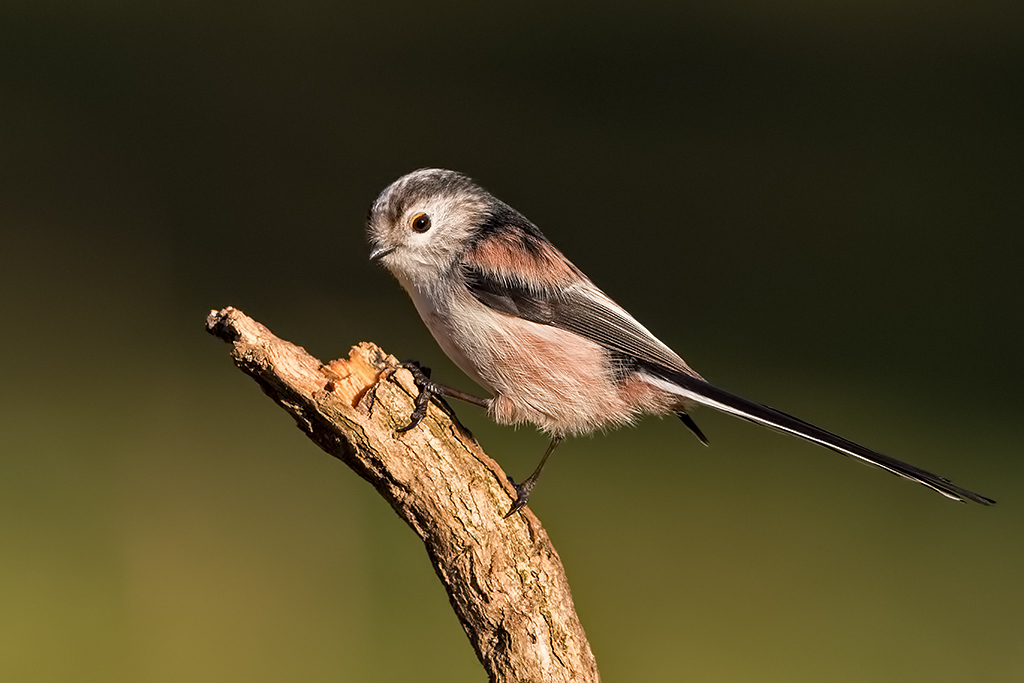In Great Britain, gardens account for 30% of the space in our urban areas so they’re very important habitats for a variety of birds. The RSPB host the Big Garden Birdwatch each year, where people are asked to spend an hour counting the birds that they can see. You don’t even have to brave the cold by standing outside in your garden or on a balcony; you can take part by watching the birds through a window.
The Birdwatch allows the RSPB to establish how healthy our bird populations are by comparing the results, year on year. They can identify if bird species are thriving or declining and can then research the why that is. The Birdwatch has been happening for over 40 years now and these snapshots have allowed the RSPB to better understand the challenges that our garden birds are facing. By monitoring bird numbers, they can identify problems and aim to put them right. Finding out which birds don’t visit your area is as important as finding out which ones do. With new developments encroaching on green belt land, our gardens are becoming increasingly important habitats for our wildlife.
All you need to get involved is here: https://www.rspb.org.uk/get-involved/activities/birdwatch/ In essence all you need is:
- To pick an hour between 29th and 31st January
- Count the birds you can see in your garden/from your balcony
- Submit the results online (rspb.org.uk/birdwatch) or by post
A ‘how to’ guide, bird ID and form for postal submission are all available at the RSPB’s website.
More than 5,000 people in Tyne and Wear took part last year; here are the Top 20 most-often seen birds:
- House sparrow
- Starling
- Blackbird
- Woodpigeon
- Blue tit
- Magpie
- Goldfinch
- Feral pigeon
- Great tit
- Robin
- Jackdaw
- Collared dove
- Dunnock
- Coal tit
- Long tailed tit
- Chaffinch
- Carrion crow
- Greenfinch
- Wren
- Bullfinch

